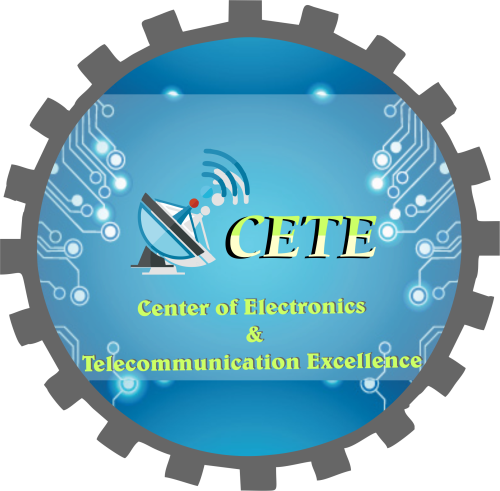Semiconductor Devices and Circuits are an integral part of modern electronics. From smartphones to laptops, from smart homes to connected cars, and from medical equipment to military hardware, semiconductors play a critical role in enabling these technologies. Semiconductors have revolutionized the way we live, work and communicate by offering miniaturization, low power consumption, high speed and high performance. They have revolutionized the way electronic circuits and devices are designed and manufactured. Semiconductor devices and circuits find their applications in a wide range of fields including computing, communication, consumer electronics, industrial control, and military systems. The main components of a semiconductor device are the semiconductor material, impurities, and the metallic contacts. The type of impurities and the way they are added to the semiconductor material determine the type of semiconductor device that is produced.
Research Areas
One of the major research areas in the field of semiconductor devices and circuits is the development of new materials and fabrication processes. In recent years, there has been significant progress in the development of new materials such as silicon-germanium (SiGe), gallium nitride (GaN) and indium phosphide (InP) which offer high electron mobility, high breakdown voltage and high thermal conductivity. These new materials enable the design of high-performance transistors, power electronics devices, and microwave/millimeter wave devices.
Another research area is the design and development of low power and energy-efficient semiconductor devices and circuits. This is important for battery-powered applications such as smartphones, laptops, wearable devices and Internet of Things (IoT) devices. The aim is to reduce the power consumption of these devices by designing more energy-efficient circuits, optimizing the power management and power distribution networks, and using new materials and devices.
A third research area is the development of advanced communication systems and integrated circuits. This includes the design and development of high-speed data converters, high-speed interfaces, and high-speed communication circuits. The goal is to increase the data transfer rate and bandwidth, while reducing the power consumption and cost.
Future Trends
One of the emerging trends in the field of semiconductor devices and circuits is the use of advanced nanotechnology and nanoscale devices. The aim is to design and fabricate semiconductor devices with reduced dimensions and increased functionality. For example, the development of nanoscale transistors and nanoscale memories is expected to revolutionize the computing and memory industry.
Another trend is the integration of different functions on a single chip, known as system-on-chip (SoC) integration. This integration enables the design of complex systems with reduced size, reduced power consumption, and increased performance. SoC integration is expected to play a critical role in the development of new applications in areas such as artificial intelligence, machine learning, and robotics.
A third trend is the development of wireless communication systems and devices. The aim is to increase the data transfer rate, reduce the power consumption, and improve the communication quality. This requires the design and development of new wireless communication technologies, such as millimeter-wave and terahertz communication systems, and the integration of these technologies with other communication systems and devices.
In conclusion, semiconductor devices and circuits play a critical role in modern electronics and have enabled the development of new technologies and applications. The field of semiconductor devices and circuits continues to evolve and is expected to bring new advances and challenges in the future.
Keywords: semiconductor devices, circuits, new materials, low power, energy-efficient, communication systems, nanotechnology, system-on-chip, wireless communication
References:
- S.M. Sze and K.K. Ng, “Physics of Semiconductor Devices,” 3rd Edition, John Wiley & Sons, 2007.
- J.R. Meyer and T.H. Lee, “Analysis and Design of Analog Integrated Circuits,” 5th Edition, John Wiley & Sons, 2011.
- A. S. Sedra and K. C. Smith, “Microelectronic Circuits,” 7th Edition, Oxford University Press, 2015.
- N. Holonyak and S. F. Fonash, “Semiconductor Optoelectronic Devices,” Prentice Hall, 2001.
- R. K. Wakerly, “Digital Design: Principles and Practices,” 4th Edition, Pearson Education, 2008.
Want to explore about Semiconductor devices ?
